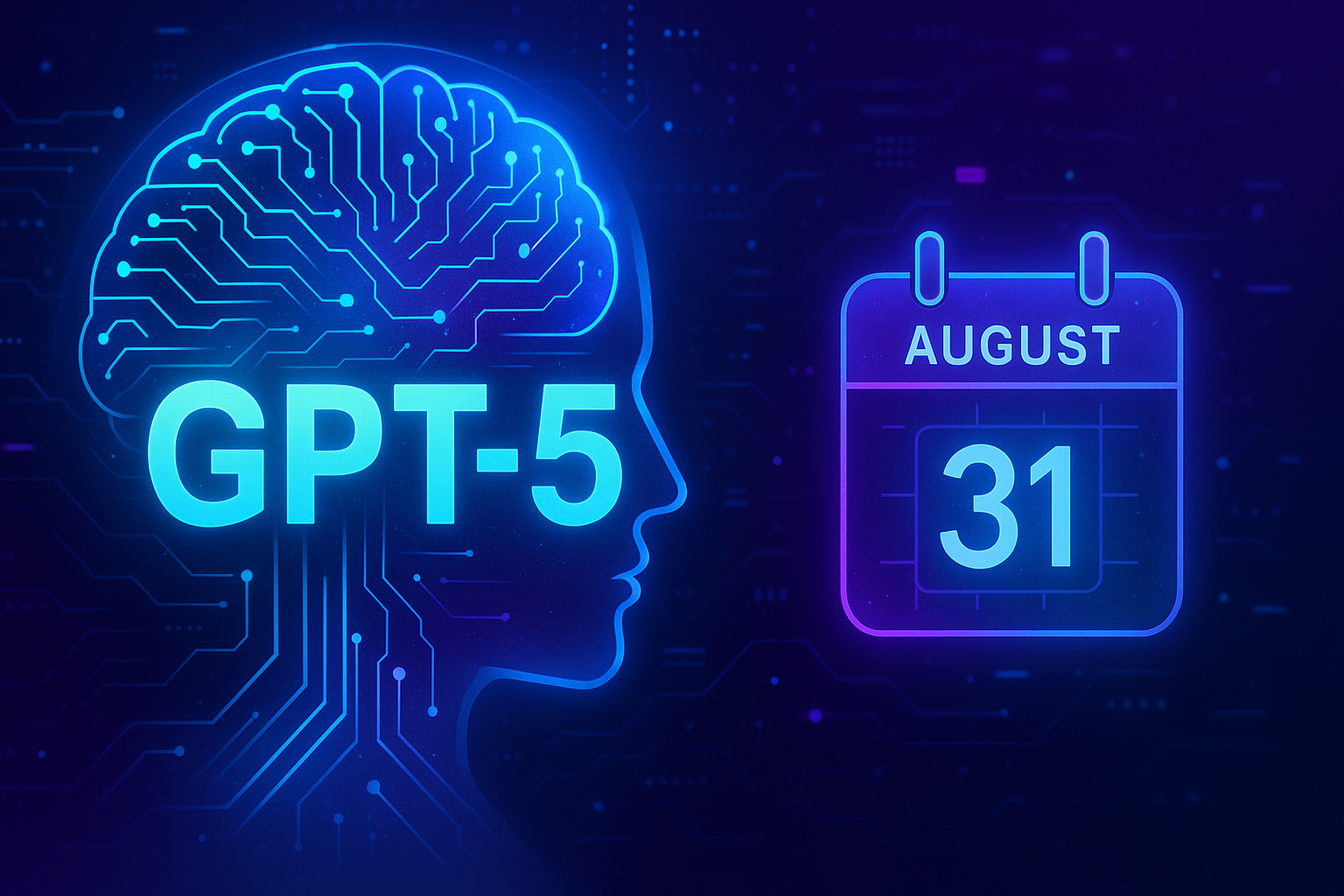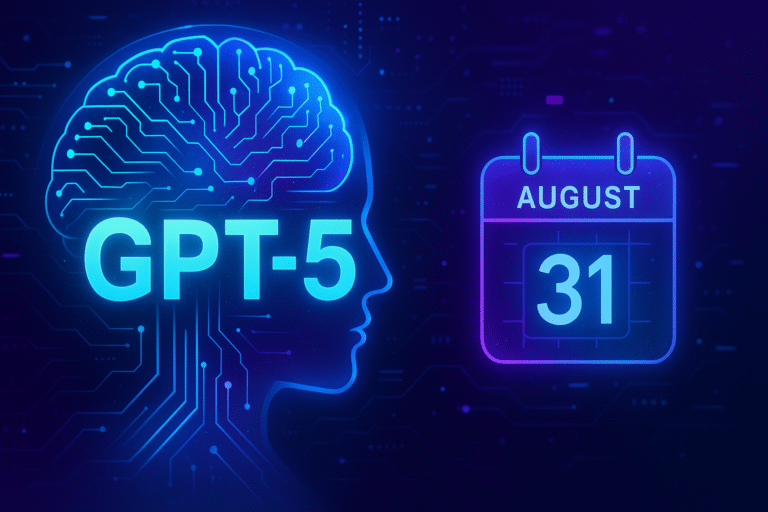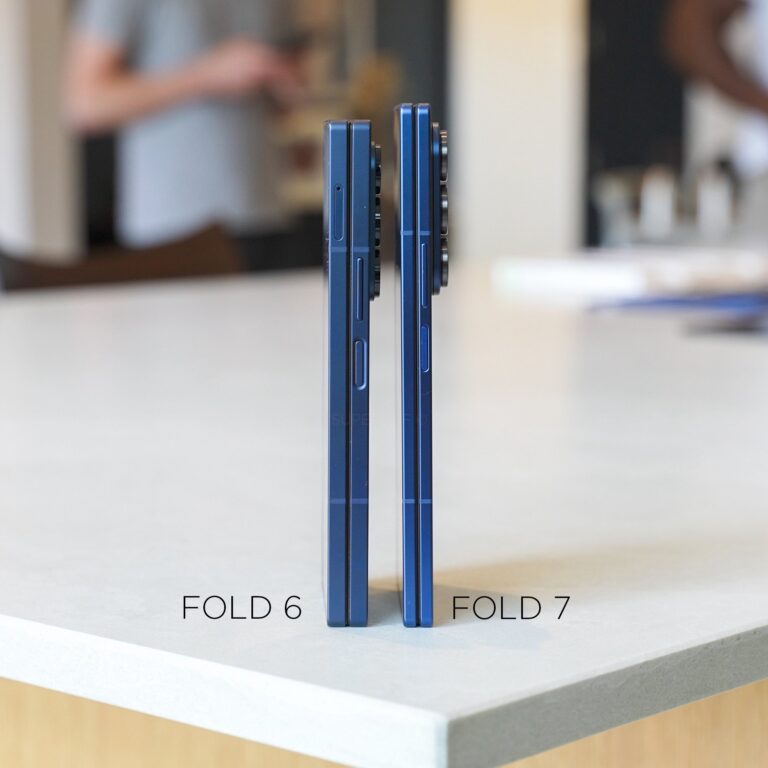
Teaser for OpenAI’s GPT-5 debut this August, featuring a neon‑lit AI brain and calendar icon.
It’s official: OpenAI’s GPT-5 is set to launch in August 2025 — and the world of artificial intelligence may never be the same. While whispers of a next-gen model have been circulating for months, CEO Sam Altman recently confirmed its imminent debut. The tech community is buzzing, and rightly so. With integrated o3 reasoning and new “mini” and “nano” variants, GPT-5 is shaping up to be OpenAI’s most ambitious release to date.
So what does GPT-5 promise, and how does it fit into OpenAI’s broader quest for AGI (Artificial General Intelligence)? Let’s break it all down.
GPT-5’s August Arrival: What We Know So Far
Confirmation from the Top
In a recent podcast appearance with Theo Von, Sam Altman shared a revealing anecdote: GPT-5 had perfectly answered a question that even he struggled with. He described it as a “here it is” moment — a signpost that GPT-5 isn’t just another upgrade. It’s a paradigm shift.
Quiet Testing, Public Buzz
Early sightings of GPT-5 in testing environments had already triggered speculation, and now those suspicions are confirmed. Sources close to OpenAI suggest the model will roll out in early August, with multiple versions:
- GPT-5 Standard: Available via ChatGPT and API
- GPT-5 Mini: Optimized for lower-resource tasks
- GPT-5 Nano: API-only and designed for edge devices
These versions will offer flexibility, allowing developers to tap into different levels of power based on specific use cases.
More Than Just Smarter Text: What’s Inside GPT-5
The o3 Reasoning Engine
Unlike its predecessors, GPT-5 incorporates OpenAI’s o3 reasoning stack directly into its core. Previously available as a separate model, o3 now boosts GPT-5’s ability to handle logical reasoning, multi-step problem-solving, and even fuzzy edge cases.
This isn’t just a language model anymore — it’s a modular, evolving intelligence system.
The AGI Trajectory
Altman has made no secret of his ambitions to build AGI — and GPT-5 is a massive step forward. The model represents a move toward unified intelligence, reducing friction in use cases that previously required selecting between different model architectures.
Yet Altman is also clear: GPT-5 isn’t AGI yet. According to his own words, the model won’t reach “gold level capability” for several months post-launch.
“I felt useless relative to the AI,” said Altman. If that’s not a wake-up call to technologists, what is?
Strategic Implications: OpenAI, Microsoft, and the AGI Clause
AGI = Financial Trigger
The significance of GPT-5 goes beyond technology. It also touches corporate and economic landscapes. If OpenAI officially declares the achievement of AGI, Microsoft’s revenue rights to future OpenAI models would be revoked.
This makes the definition — and the declaration — of AGI a financial linchpin. OpenAI is moving carefully, knowing what’s at stake.
Microsoft’s Role
Behind the scenes, Microsoft engineers have been scaling up infrastructure to support GPT-5’s launch. With integration across Azure, Hugging Face, and other platforms, OpenAI is betting big on wide accessibility.
This includes not just closed-weight models, but also a new open-weight language model expected to launch before GPT-5 — a first since GPT-2.
A Shift Toward Unified AI Interfaces
Simplified Model Selection
One of the most frustrating aspects for developers and users has been choosing between o-series and GPT-series models. GPT-5 solves this by merging capabilities, so there’s no more guesswork. The reasoning engine is baked in.
Mini and Nano versions ensure that accessibility doesn’t come at the cost of performance. Expect to see GPT-5 powering apps, devices, and interfaces where efficiency matters — from smart glasses to home hubs.
Meanwhile, in Microsoft’s World… Trouble Brews
SharePoint Security Flaw
Microsoft is grappling with fallout from a major zero-day vulnerability in SharePoint, exploited by Chinese hacking groups. Over 50 organizations — including the U.S. nuclear agency — were reportedly affected.
This comes at a time when Microsoft had pledged to overhaul its security culture. Yet the existence of a program that let China-based engineers access U.S. Department of Defense systems has raised eyebrows in Washington. As a result, Microsoft has now limited government cloud access to U.S.-based employees only.
Windows, Xbox, and Surface Updates
Beyond AI, Microsoft has:
- Ended its Movies & TV store abruptly
- Delayed Arm-based CPUs with Nvidia and MediaTek
- Launched GitHub Spark for no-code app creation
- Announced a new 5G Surface Laptop powered by Intel Ultra processors
Add to this a push for AI-infused features in Windows 11 — including Copilot Vision and shared audio output — and it’s clear Redmond is doubling down on AI.
Final Thoughts: Why GPT-5 Is More Than a Model
This isn’t just a product launch. GPT-5 signals a shift in how we interact with machines — not through isolated queries but via deeply integrated systems. From health diagnostics to virtual tutoring, the reach of this model will be profound.
The addition of mini and nano versions signals a focus on ubiquity. Think: GPT-5 embedded in your smartwatch, your fridge, even your car’s infotainment system. This is intelligence on-demand, wherever you are.
As for AGI? The jury is still out. But if GPT-5 performs as promised, we’ll be a whole lot closer.
✨ Stay Curious. Stay Ahead.
If you’re as excited as we are, don’t miss our upcoming deep dive on GPT-5’s architecture and real-world tests. Subscribe to Future TECH Bites and be part of the AI evolution.



